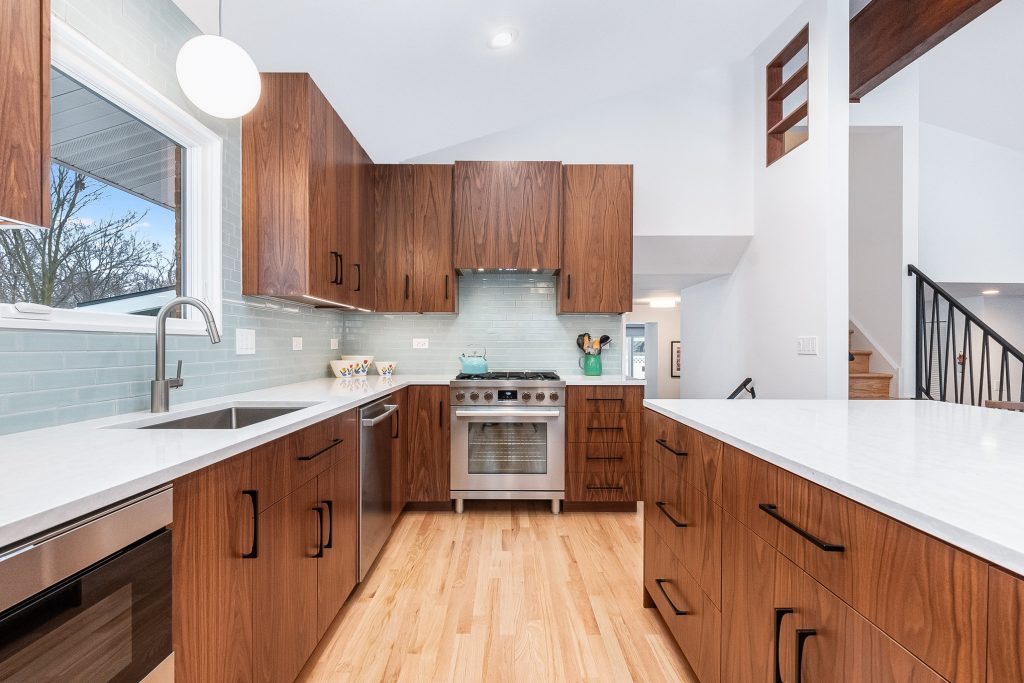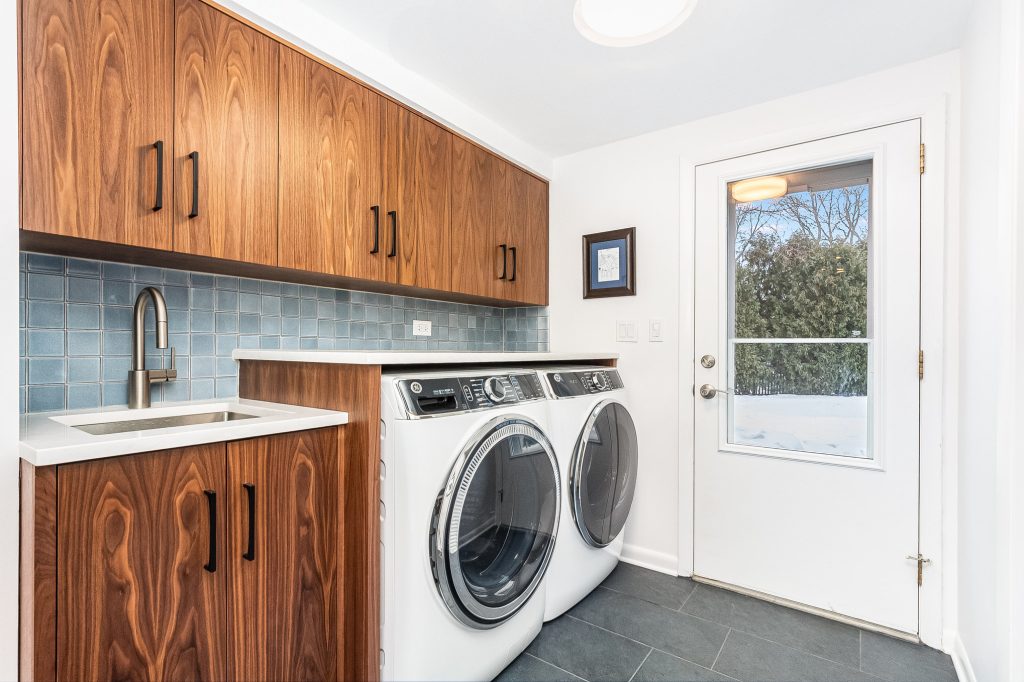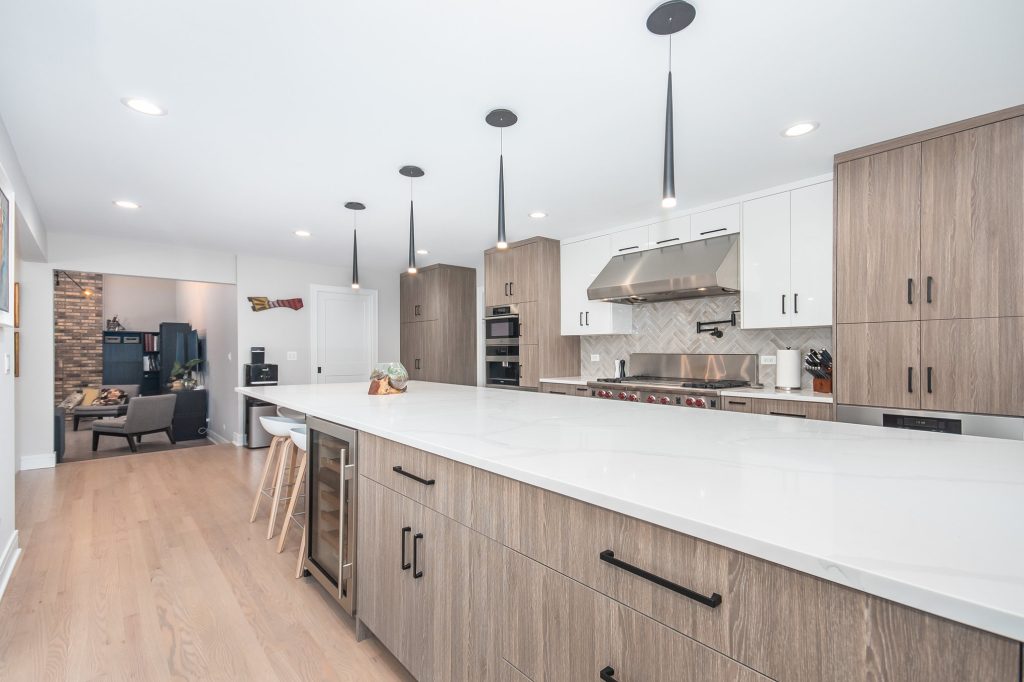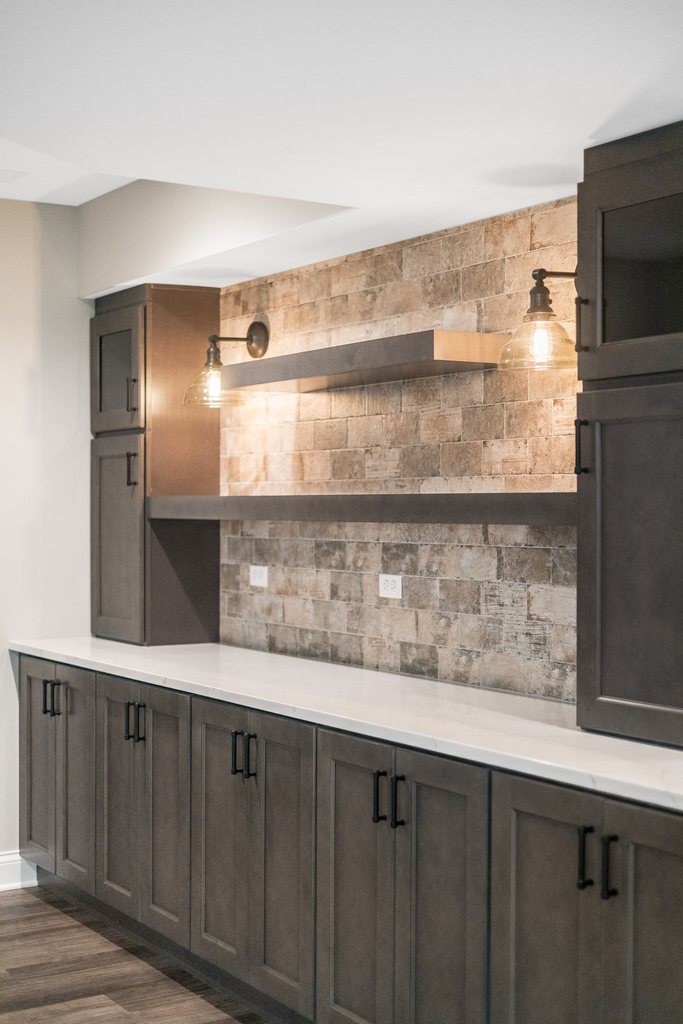Let’s not bury the lead, home building costs continue to increase at a pace that is unprecedented. In the dynamic landscape of the home building industry, economic factors play a pivotal role in shaping pricing dynamics. Beyond the realm of sustainable products, several economic forces exert influence, contributing to the upward trajectory of home building costs. Let’s delve deeper into these economic drivers that are driving prices to new heights.
Material Costs Volatility

One of the primary economic factors impacting home building costs is the volatility of material prices. Fluctuations in the prices of lumber, steel, concrete, and other essential building materials can have a significant impact on project budgets. Supply chain disruptions, geopolitical tensions, and natural disasters can all contribute to price instability, forcing builders to adjust their pricing to reflect the increased costs of materials.
Labor Shortages and Wage Inflation
The home building industry is facing a persistent challenge in the form of labor shortages, particularly skilled laborers such as carpenters, electricians, and plumbers. As demand for new construction remains strong, the scarcity of skilled workers has driven up wages in many markets. Builders are grappling with the need to offer competitive compensation to attract and retain talent, adding to the overall cost of construction projects.
Land Acquisition and Development Costs

The cost of acquiring land for development has been steadily rising, especially in desirable locations with limited availability. As urbanization continues and population growth drives demand for housing, developers face intense competition for prime real estate. Rising land prices, coupled with the costs of obtaining permits, conducting feasibility studies, and preparing sites for construction, contribute significantly to the overall cost of home building projects.
Interest Rates and Financing Costs
The prevailing interest rate environment and financing costs also influence home building pricing. Higher interest rates can increase borrowing costs for developers, impacting their ability to finance projects and leading to higher upfront expenses. Changes in lending practices, credit availability, and mortgage rates can all affect consumer demand for new homes, indirectly impacting pricing dynamics in the home building market.
Market Demand and Competitive Pressures

Ultimately, market demand and competitive pressures play a decisive role in determining home building costs. Strong demand for new housing, fueled by demographic trends, economic growth, and shifting consumer preferences, can create a seller’s market where builders have the leverage to command higher prices. Conversely, an oversupply of inventory or changes in buyer sentiment can lead to pricing pressures and margin compression for builders.
In conclusion, economic factors such as material costs volatility, labor shortages, land acquisition expenses, regulatory compliance, financing costs, and market demand dynamics collectively contribute to the rising costs of home building. As builders navigate these economic challenges, strategic planning, cost management strategies, and innovation are essential to maintaining competitiveness and delivering value to clients in an increasingly dynamic market environment.
Are you ready to start your construction project with us? Let’s set up a discovery call today, complete the form below to set your time and day!
